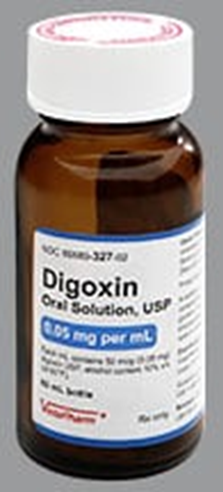A nurse is caring for a client who is scheduled to undergo an esophagogastroduodenoscopy. Which of the following actions should the nurse take in preparation for the procedure?
Shave the client from axillae to groin.
Administer a cleansing enema.
Have the client drink contrast medium.
Ensure the signed consent is in the medical record.
The Correct Answer is D
Choice A reason: Shaving the client from axillae to groin is not necessary, as it has no relation to the procedure and can cause skin irritation or infection.
Choice B reason: Administering a cleansing enema is not required, as it does not affect the upper gastrointestinal tract that is examined by the procedure. The client should fast for at least 6 hours before the procedure to ensure an empty stomach.
Choice C reason: Having the client drink contrast medium is not indicated, as it can interfere with the visualization of the mucosa and lesions by the endoscope. The client may receive a local anesthetic spray or gargle to numb the throat and a sedative to relax and reduce discomfort during the procedure.
Choice D reason: Ensuring the signed consent is in the medical record is an essential action, as it indicates that the client has been informed about the purpose, risks, benefits, and alternatives of the procedure and has agreed to undergo it voluntarily.
Nursing Test Bank
Naxlex Comprehensive Predictor Exams
Related Questions
Correct Answer is D
Explanation
Choice A reason: Filling the pad with sterile water is not necessary, as tap water can be used for an aquathermia pad without increasing the risk of infection or contamination.
Choice B reason: Using safety pins to secure the pad in place is not appropriate, as they can puncture or damage the pad and cause leakage or electric shock.
Choice C reason: Applying the pad for 45 min at a time is not recommended, as it can cause skin burns or tissue damage due to prolonged exposure to heat. The nurse should apply the pad for no more than 20 min at a time and check the skin frequently for signs of redness or blistering.
Choice D reason: Covering the pad prior to use is an important action, as it can prevent direct contact between the pad and the skin and reduce the risk of burns or irritation. The nurse should use a towel or a cloth to cover the pad before applying it to the affected area.
Correct Answer is B
Explanation
Choice A reason: Blurred vision is not an expected side effect of digoxin, but a sign of digoxin toxicity, which requires immediate medical attention.
Choice B reason: This is the correct answer because digoxin can cause hypokalemia (low potassium levels), which increases the risk of digoxin toxicity. Therefore, clients taking digoxin need to have their potassium levels monitored regularly and consume foods rich in potassium.

Choice C reason: Antacids can interfere with the absorption of digoxin and reduce its effectiveness. Clients taking digoxin should avoid taking antacids within two hours of taking the medication.
Choice D reason: Weighing oneself every other day is not related to digoxin therapy, but to fluid balance. Clients with heart failure, who are often prescribed digoxin, need to monitor their weight daily and report any significant changes to their health care provider.
Whether you are a student looking to ace your exams or a practicing nurse seeking to enhance your expertise , our nursing education contents will empower you with the confidence and competence to make a difference in the lives of patients and become a respected leader in the healthcare field.
Visit Naxlex, invest in your future and unlock endless possibilities with our unparalleled nursing education contents today
Report Wrong Answer on the Current Question
Do you disagree with the answer? If yes, what is your expected answer? Explain.
Kindly be descriptive with the issue you are facing.
